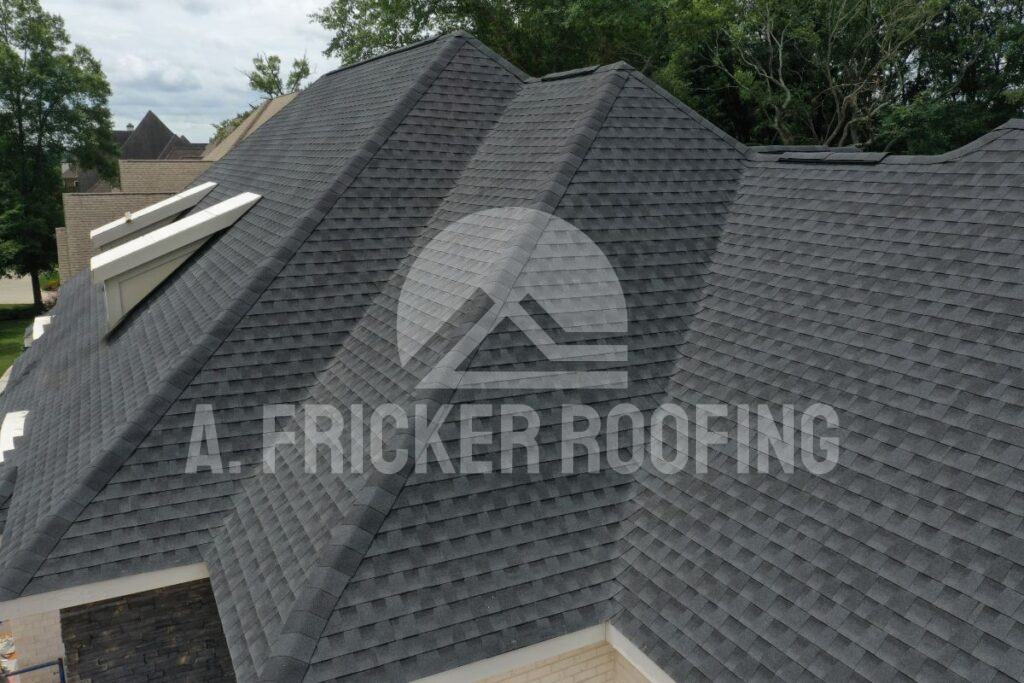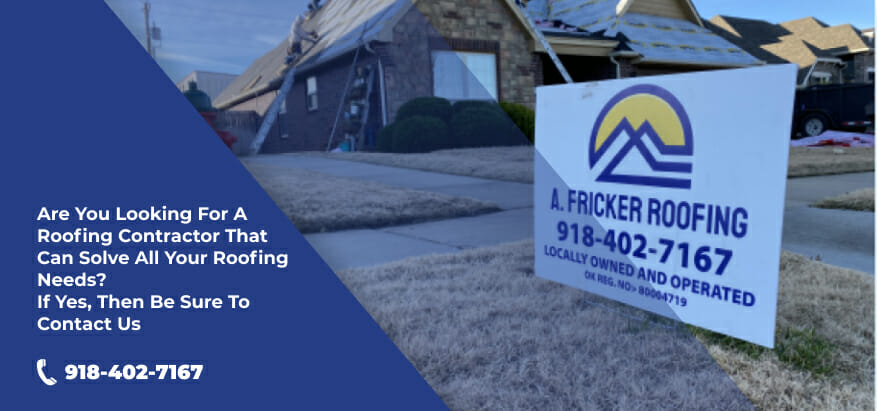Thinking about replacing your roof? If yes, a lot of things have likely changed since the last time you replaced your roofing system. There have been tremendous changes in the industry and roofing materials are now more durable and aesthetically pleasing.
Out of the different types of roofing materials, two options stand out: asphalt shingles and tile roofing systems.
Both have their pros and cons and what’s right for one homeowner may not necessarily work for another. So how do you choose? In this guide, we’ll discuss both in detail to help you make a final decision.
Let’s dive into the factors that should be on your list when comparing tile roofs and shingle roofs.
What Are Tile Roofs?

Tile roofs, on the other hand, are what you might associate with classic European or Mediterranean homes. These roofs are made from materials like clay or concrete, and the tiles are often curved and have a red or orange color, giving them that distinctive look.
Why are they so popular?
- They have a unique appearance, elevating the look of your home
- Are long-lasting, clay or concrete tiles can last 50 years or more
- Fare well against winds and hail storms
What Are Shingle Roofs?

Let’s start with shingles because chances are, you’ve probably seen them around your neighborhood. Shingle roofs are one of the most popular choices for homeowners, especially in the U.S. The most common type is asphalt shingles, which are made from a combination of asphalt, fiberglass, and sometimes organic materials. They’re flat, thin, and installed in an overlapping pattern.
Why are they so popular?
- One of the most affordable roofing materials
- Available in several colors
- These roofs are relatively quick and easy to install
- Industry-leading manufacturers produce durable and trusted shingles
Comparing Tile Roof vs. Shingle Roof
Now that we have covered both of these materials, it is time to move to the core of the blog post. In the following sections, we will compare asphalt shingles vs. tile roofs against some common parameters. Let’s get started:
Durability
One of the first things homeowners ask when replacing their roof is, “How long will a roof will last?” This is where the durability of tile roofs shines.
Tile Roofs: As we already mentioned, tile roofs are quite durable. In Oklahoma, you might have noticed two different types of tile roofs: clay and concrete roof tiles. Both have impressive lifespans.
- Clay tile roofs can last 50 years or more, and some even make it past the 100-year mark.
- Concrete tiles, made primarily of cement, can last for more than 40 years.
They are extremely resistant to weather, whether it’s blazing sun, heavy rain, or even fire. Tile is a winner if longevity is your primary concern.
Shingle Roofs: On average, asphalt shingles last 15 to 30 years. While that’s still a decent lifespan, it doesn’t compare to tile. Shingles can also be more prone to damage from extreme weather like high winds or heavy storms.
Cost Considerations
Now, let’s talk money. Roof replacements are no small investment, and the upfront cost can significantly vary between shingle roofs and tile roofs. So, how much does a tile roof cost vs. a shingle roof?
Tile Roofs: Here’s where tile roofs get pricey. Tile roof installation costs can set you back anywhere from $11,000 to $30,000 or more. However, because they last longer and require less frequent replacement, they can offer better value over time.
Shingle Roof: On the other hand, asphalt shingles are less expensive. Here, the average cost ranges from $6,000 to $15,000 depending on the size of the roof and the quality of the shingles.
If you want to know more about these costs, visit our guide: How Much Does An Asphalt Shingle Roof Cost In Oklahoma?
Energy Efficiency
Your roof isn’t just about protection from harsh weather conditions – it also plays a big role in the energy efficiency of your home.
Tile Roofs: Tile roofs, especially those made from clay, are more energy-efficient than shingles. They reflect more sunlight and provide better natural insulation, helping to keep your home cooler in hot weather.
Shingle Roofs: Asphalt shingles don’t have great insulation properties. They can absorb heat from the sun, which can lead to higher cooling costs in the summer. However, some varieties of shingles, such as cool roof shingles, have reflective granules.
Aesthetics and Home Style Compatibility
Both shingle and tile roofs come in a variety of styles and colors, but each has a very different aesthetic.
Tile Roofs: If you have a Mediterranean, Spanish, or Southwestern-style home, tile roofs will complement it beautifully. They add a sense of luxury and timeless elegance. But the color options are often limited.
Shingle Roofs: Shingles are versatile and can suit a range of architectural styles, from modern to traditional homes. Asphalt shingles are available in different types and colors. They can also mimic the look of other premium roofing materials such as slate and wood shakes.
Weight and Structural Considerations
Here’s something that often gets overlooked – the weight of the roof.
Tile Roofs: Tile roofs are much heavier than shingles. They typically weigh between 600 and 1,000 pounds per roofing square (100 square feet), depending on the specific type of tile used. If you’re switching from shingles to tile, you may need to reinforce your roof’s structure, which can add to the overall installation cost.
Shingle Roofs: Asphalt shingles are relatively light and don’t require extra structural support. They generally weigh about 200 to 300 pounds per square, making them suitable for most standard home structures without additional reinforcement.
Regular Maintenance and Frequency Of Repairs
No roof is completely maintenance-free, but some require more attention than others.
Tile Roofs: While durable, tile roofs can break if a heavy object falls on them. However, individual tiles are easy to replace, and the overall structure typically requires less maintenance over its lifespan compared to shingles.
Shingle Roofs: Asphalt shingles need regular inspections and maintenance, especially after storms. They’re more prone to cracking or curling over time. Due to their lightweight nature, shingles can sometimes blow off in high winds, particularly if they weren’t installed correctly or have started to loosen with age.
Environmental Impact
For the eco-conscious homeowner, it’s worth considering the environmental impact of your roofing materials.
Tile Roofs: Tiles made from clay or concrete are more sustainable and can often be recycled at the end of their lifespan.
Shingle Roofs: Asphalt shingles are made from petroleum products, and they’re not the most eco-friendly option. While some types of shingles can be recycled, many end up in landfills.
Hire The Professional Roofers In Tulsa, OK
Both tile and shingle roofs have their merits, but the right choice depends on your specific needs and priorities. If you’re after an affordable, versatile option, shingles might be your best bet. But if you’re willing to invest more upfront for longevity, style, and energy savings, a tile roof could be the way to go.
No matter the material you choose, we are here to help. At A. Fricker Roofing and Waterproofing, we have the best roof installation experts in the area. Be it asphalt shingles or a tile roof, we make sure to use the best materials and the finest installation practices. Contact us today at (918) 402-7167 to get started.

